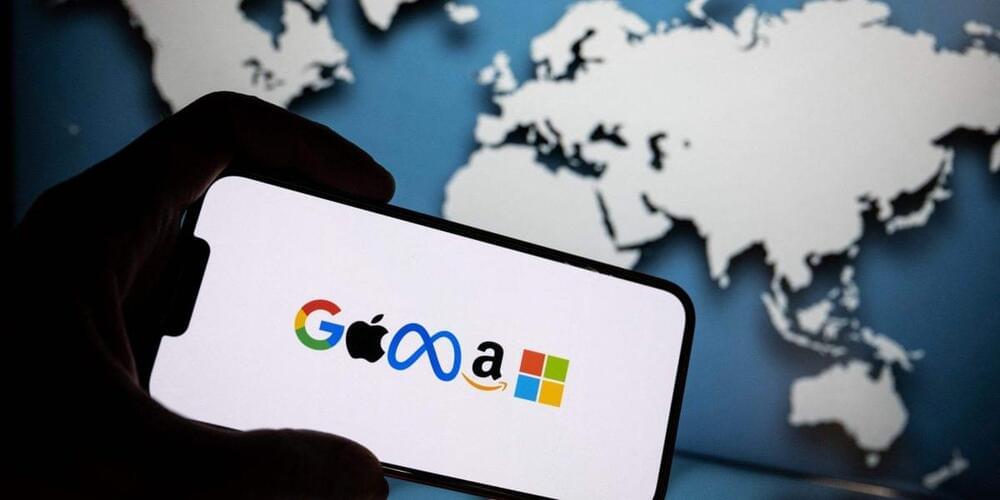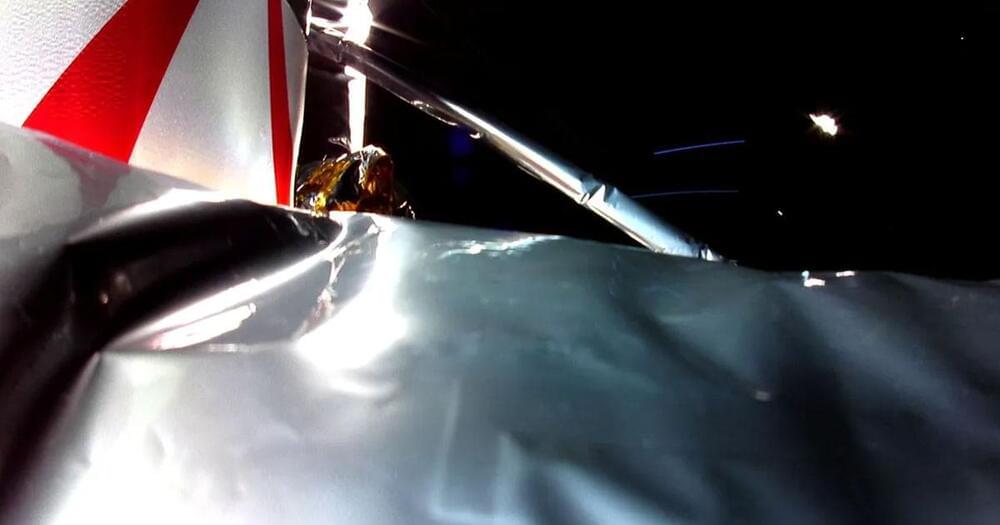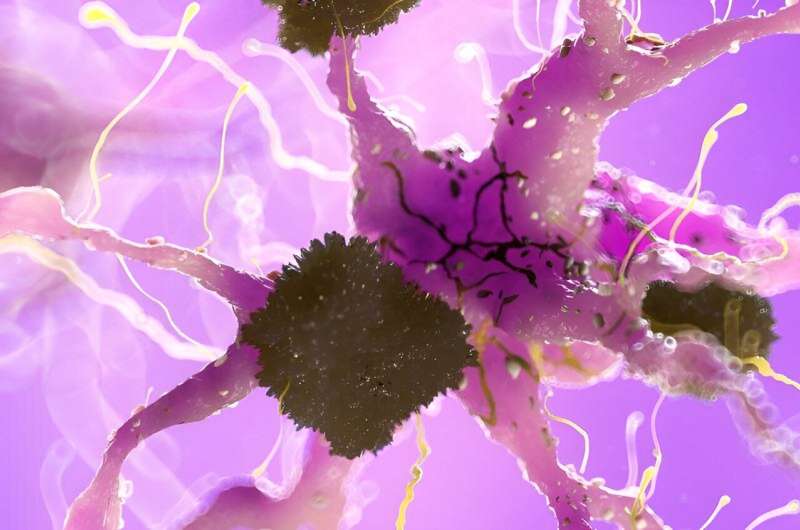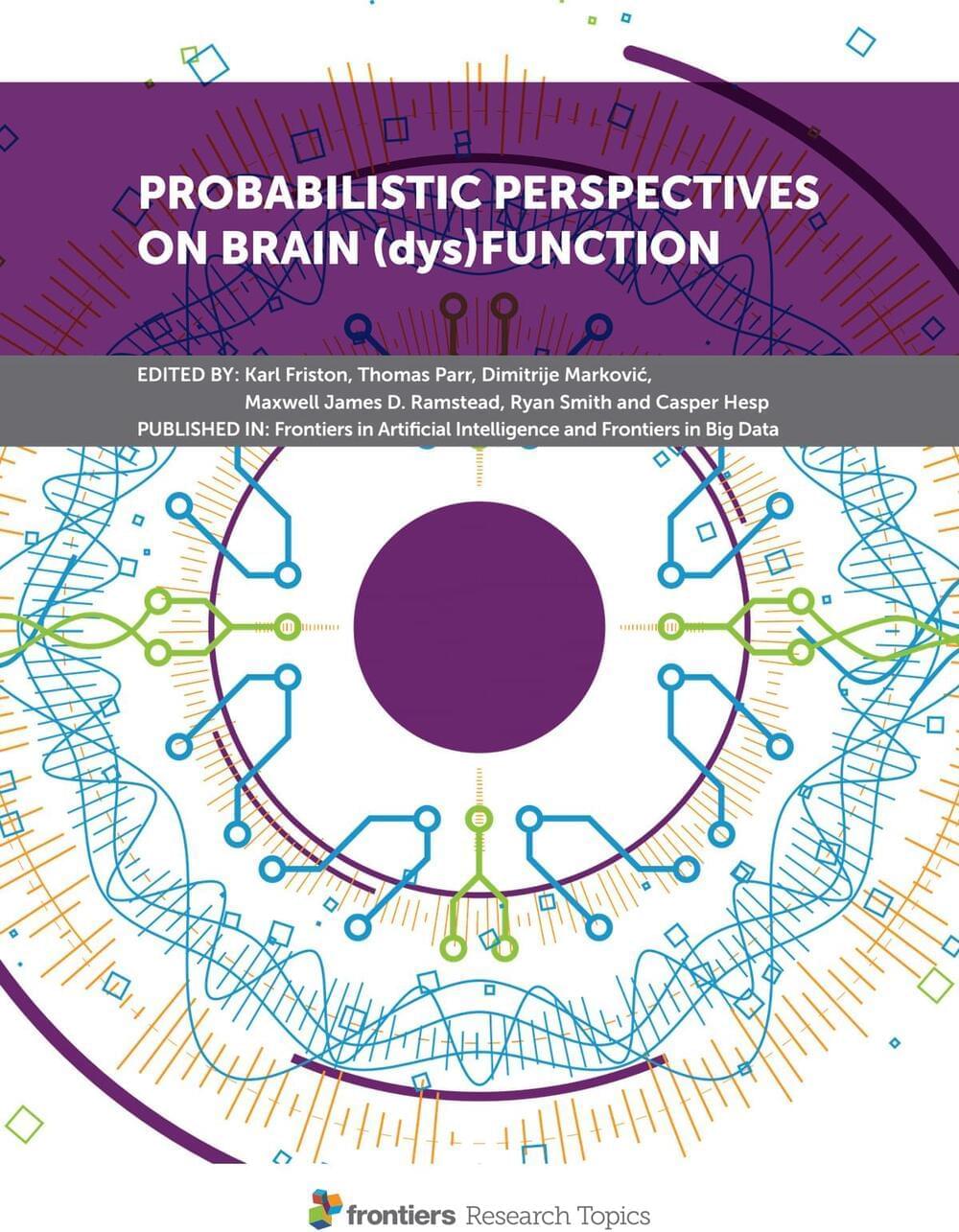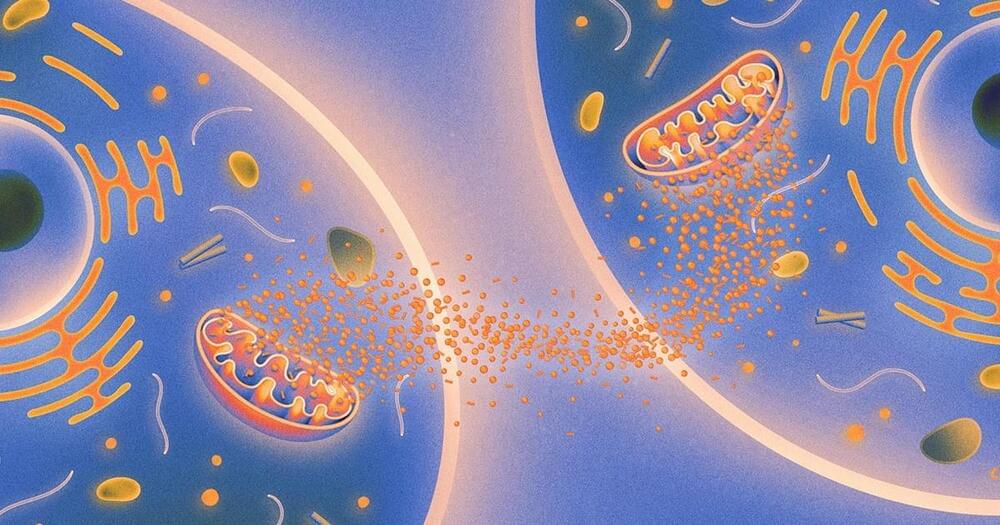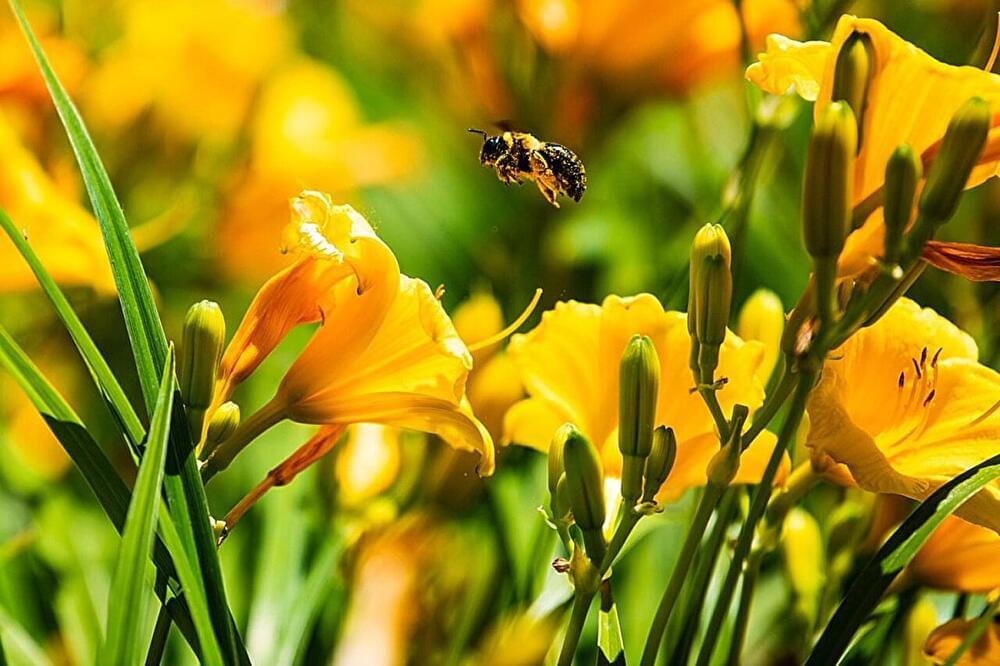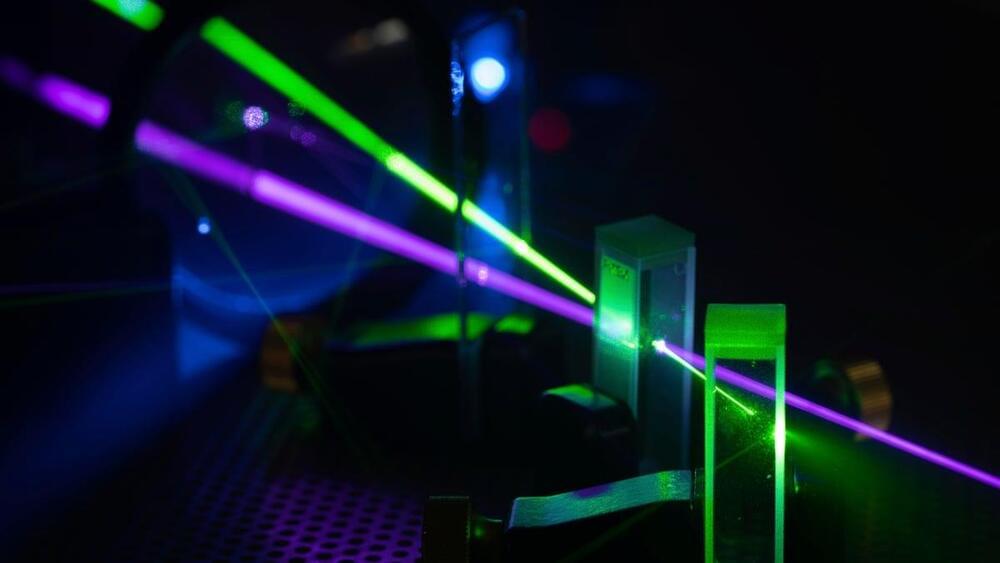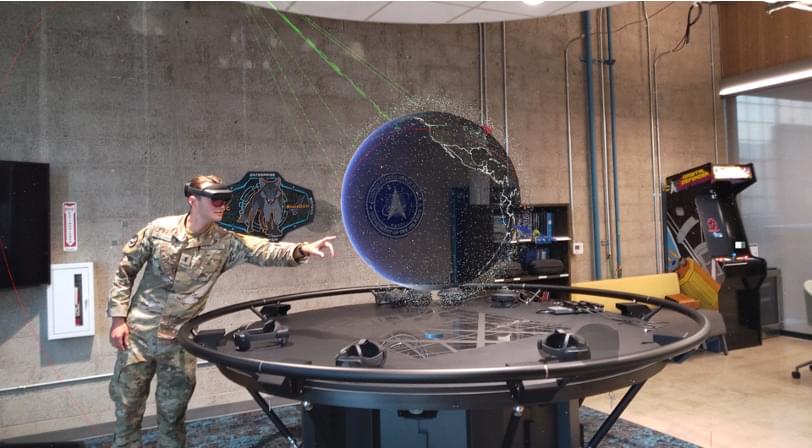There was a flurry of activity towards the end of the year as large corporations look to establish local HQs. Other firms that have recently received such licenses are Airbus SE, Oracle Corp. and Pfizer Inc.
Saudi Arabia announced the new rules for state contracts in February 2021, saying it wanted to limit ‘economic leakage’ — a term used by the government for state spending that can benefit firms that don’t have a substantial presence in the country.
A key part of Crown Prince Mohammed bin Salman’s economic agenda has been to limit some of the billions in spending by the government and Saudi citizens that leave the country each year. Government officials want to stop giving contracts to international firms who only fly executives in and out of the kingdom.
